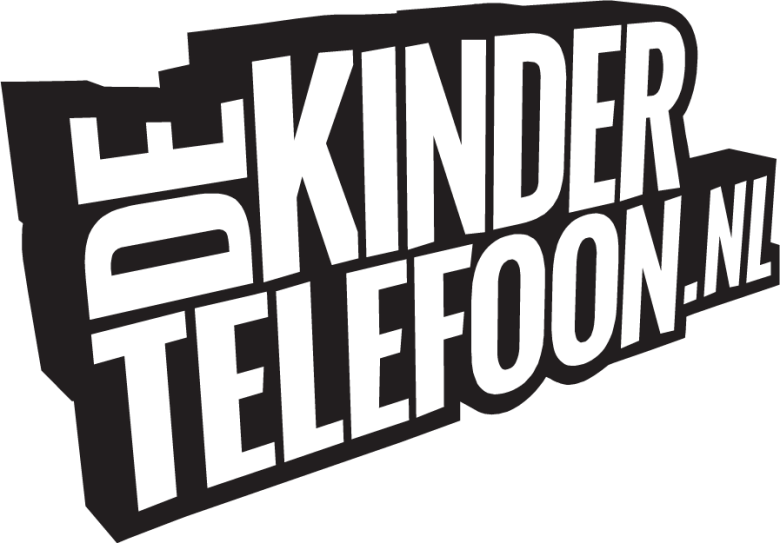Good afternoon everyone,
I am going to explain to you how cd-players and burners work and of course it is important that I also tell you how a cd is setted up.
CD is short for Compact Disc and he didn’t stole his name because a lot of data can be stored on a CD, for example a CD can store up to 74 minutes of music. The total amount of a CD is 783,216,000 bytes. And that for a disc with diameter of 4.8 inches (12 cm).
The last five years was a enthousiastic time for the CD, they have eclipsed cassette tapes and floppy discs as the mix medium of choice.
A CD consists of an injection-molded piece of clear polycarbonate plastic.
During manufacturing, this plastic is impressed with microscopic bumps and flat areas arranged as a single, continuous, extremely long spiral track of data, if you could stretch the spiral track into a straight line, it would be almost five kilometers or 3.5 miles long.
Once the clear piece of polycarbonate is formed, a thin, reflective aluminium layer is sputtered onto the disc, covering the bumps. Then to protect the aluminium is there a thin acrylic layer sprayed over it. The label is then printed onto the acrylic.
Picture 1
A CD has a single spiral track of data, circling from the inside to the outside of the disc.
Picture 2
The data track is incredibly small, it is 0.5 microns wide and between two tracks there is a space of 1.6 microns, and as I have already said it could be 3.5 miles long.
Picture 3
The job of a CD-player is to focus the laser on the track.
When the laser passes a flat area, the laserbeam is reflected directly to an optical sensor on the laser assembly.This reflection is recognized by the CD-player as a 1. But when the beam passes over a bump, the light is bounced away and the CD-player recognizes this as a zero.
Such a zero or one is called a bit, the electronics in the CD-player can read the bits that make up the bytes. This is the digital signal. A sort of transformer, called a DAC makes the digital signal clear into a analog signal so that an amplifier can transform it, for example into sound.
The laserbeam must also be centered on the data track, this is the job of the tracking system.
This has to move the laser outward so the bumps move past the laser faster. To keep the same speed anytime the spindle motor must slow. That way, the bumps travel at a constant speed.
Piture 4
So we can conclude that there are three fundamental components:
1. A drive motor that spins the disc
2. A laser and a lens system to read the bumps
3. A tracking mechanism that moves the laser assembly so that the laser’s beam can follow the spiral.
Thats how a CD-layer works.
The CD-recordebable don’t have any bumps or flat areas at all, they have a smooth reflective metal layer, which rests on top of a layer of photosensitive dye. When the disc is blank, the dye is translucent, so light can shine through and reflect off the metal surface.
But when you heat the dye layer with a concentrated light of a particular frequency and intenstiy, the dye turns opaque, it darkens the point.
Picture 5
By selectively darkening points along the CD track and leaving other areas of dye translucent, you can create a digital pattern that a standard Cd player can read. The reading of a CD-recordable is the same as a usual CD-player.
The burning of a CD must be extremely precise. It has a removable laser assembly, but in contrast with a ordinary CD-player, the laser is more powerfull. That is the only difference between a write laser and a read laser. So we can conclude that the write laser alters the surface instead of bouncing light off it.
The write laser moves in exactly the same way as the read laser, it moves outward while the disc spins.
Picture 6
We have also Rewritable CDs, this means that you can delete the data on the CD and put new data on it.
The CD is based on a phase-change technology, it is a chemical compound that can makes the surface of the Cd equal by heating. It is than in his crystalline state and translucent.
So you can “rewrite” the CD.
So you can say that the CD-RWs have a erase function.
Thank you for listening and if there are any questions you can ask them.







 Bij wie kan jij terecht met vragen over jouw lichaam en seksualiteit?
Bij wie kan jij terecht met vragen over jouw lichaam en seksualiteit?
REACTIES
1 seconde geleden